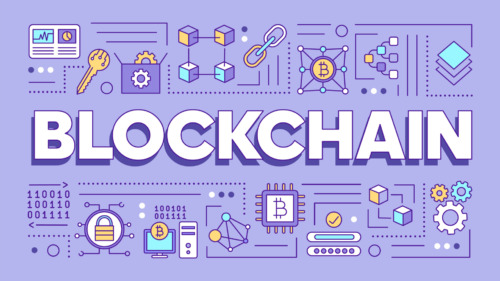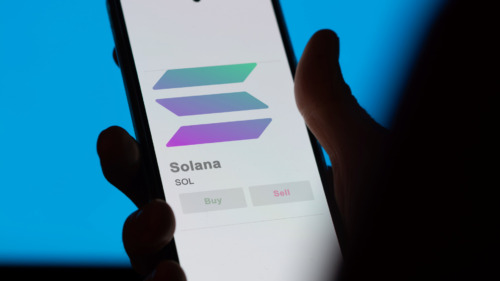Solana Booms as NFT Projects Consider Switching From Ethereum

As the NFT space grows, more artists and content creators could move their works from Ethereum to Solana, the high-performance blockchain, due to the excessively high fees of the ETH network.
Ethereum is the largest NFT minting hub for now, though network congestion, slow transactions, high fees and other hurdles are prompting content creators to migrate to other NFT-supporting blockchains, and Solana seems to be the DeFi protocol picking up the most momentum for NFTs.
Take the example of a group called “Burnt Banksy”, which is building a blockchain platform on Solana called Burnt Finance. It all started when the group bought an original artwork from the otherwise anonymous English street artist known as Banksy for US$95,000 and resold it for US$400,000 on OpenSea, the leading decentralised NFT marketplace.
Innovative Features Make a Bull Case
While there are other platforms such as Polkadot, Binance Smart Chain and Cardano that offer scaling solutions with low gas fees, NFTs are growing faster on Solana than in other protocols.
One of the reasons is that Solana uses innovative features such as the cryptographic clock system called PoH (Proof of History), which manages to support 65,000 TPS (transactions per second) with a $0.0015 average fee per transaction.
Another reason that Solana is gaining momentum on the NFT market is that the level of competition is soaring on ETH-based platforms. It’s difficult to sustain businesses models on these platforms while also keeping pace with gas fees. Content creators with cheaper collections – around US$100 to US$500 raribles or collectibles – may expect Solana to stand out from ETH competition by offering cheaper NFTs thanks to Solana’s lower gas fees.
Other types of NFTs could thrive in Solana. Fractionalisation is a recent trend that’s blowing up now in the DeFi community. The idea is that you can buy a fraction of an NFT and receive exposure to it instead of paying for the complete piece, something that could work with Solana but wouldn’t with ETH’s current gas fees. For instance, if you want to buy a piece of a CryptoPunk for US$20, you would probably pay a similar amount for it in gas fees.
Solana’s NFT Marketplace Also Booming
Solanart is the protocol’s NFT marketplace, which recently registered an expanding transaction volume with over US$5 million in transactions in a single day.
As the NFT industry grows, the crypto community is shifting its eyes to other potential protocols to build on, and Solana seems one of the preferred candidates. The ETH community, on the other hand, is looking to the rollout of ETH 2.0, which is expected to fix the network’s scaling challenges and gas fees.






